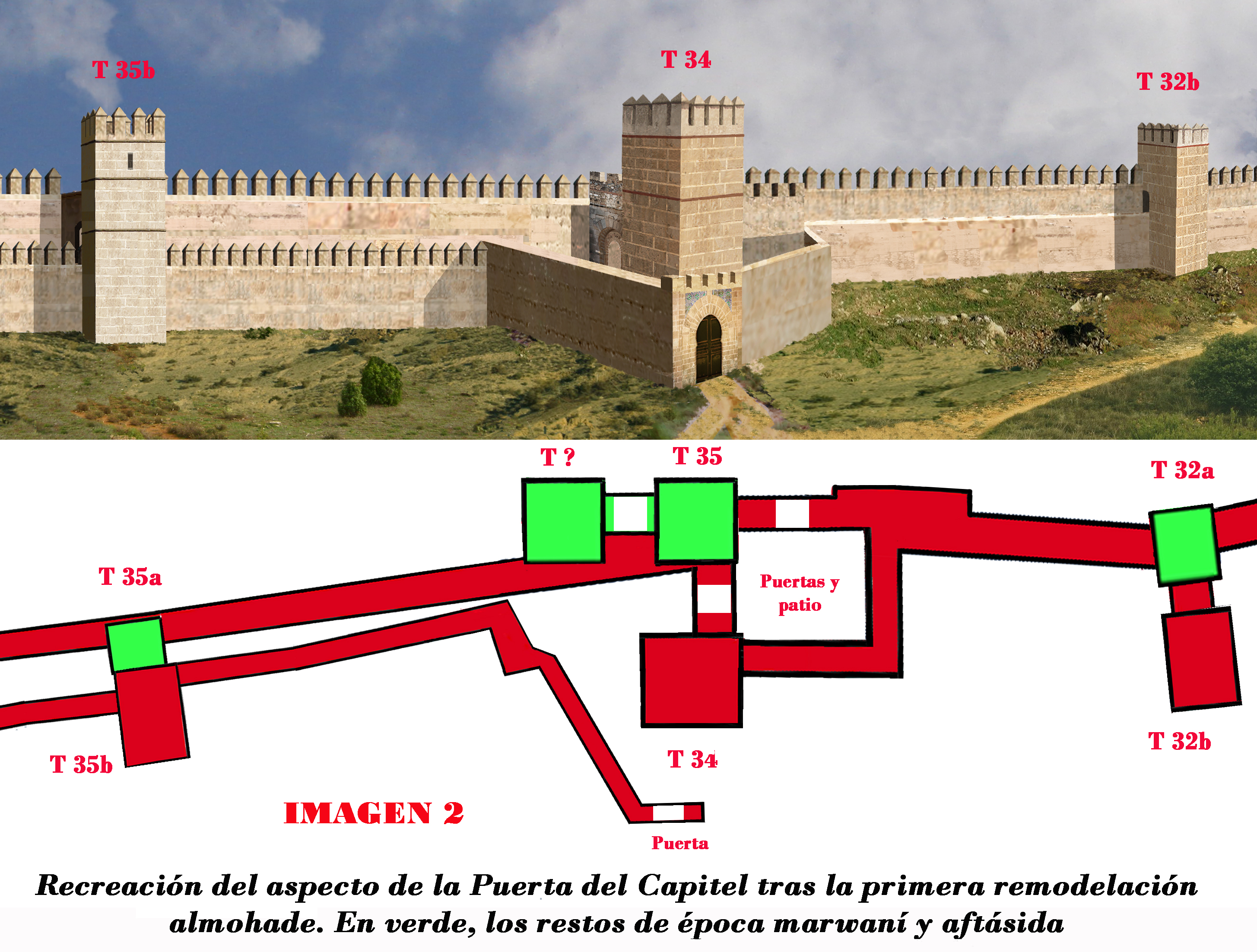THE DOORS OF THE ARABIC FORTRESS

The rehabilitation works that have been carried out in recent years, have made it possible to verify that two or more alcazabas came to "coexist". The foundational fortress much smaller than that we know today and later, another of intermediate dimensions of the Aftasí and later Almorávide period. The one that has come to this day was the result of a great enlargement made by the Almohads, who also strengthened their west flank with powerful Albarranas towers, among which the Watchtower or Scarecrow. The alcazaba was therefore a consequence of a construction process, carried out over almost two centuries, in which it was expanded, strengthened and adequate to the times and to the defensive needs..
















































































